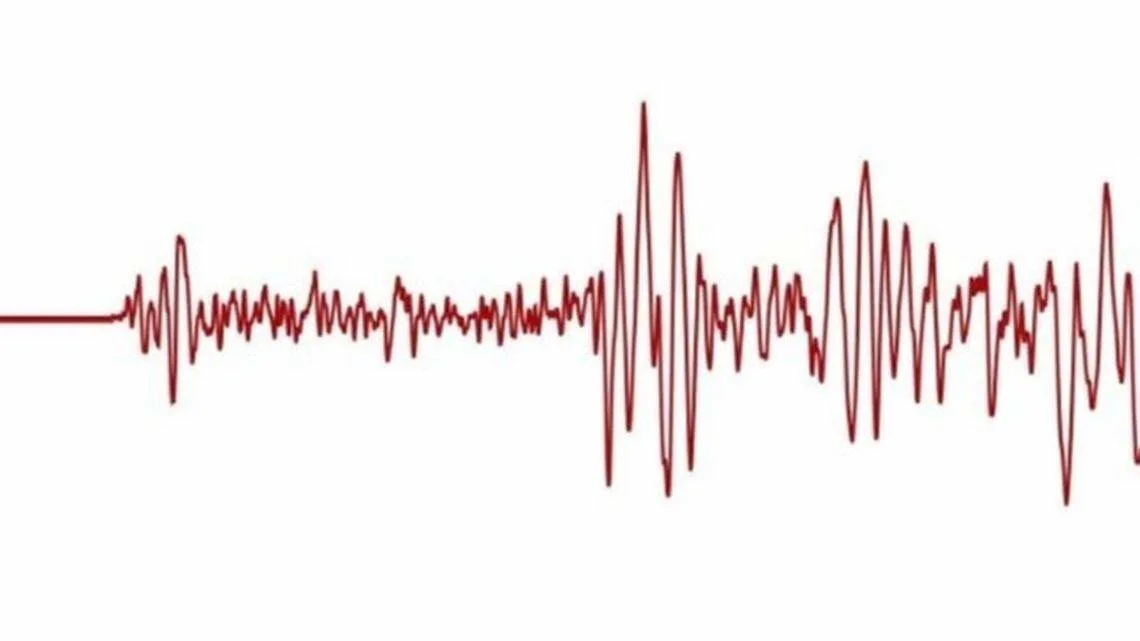14 Earthquakes Strike South Carolina as Officials Warn of Possible Stronger Tremors Ahead
GREENWOOD COUNTY, S.C. — A series of earthquakes has rattled South Carolina in recent days, with officials warning residents to prepare for the possibility of stronger tremors in the near future.
The U.S. Geological Survey (USGS) confirmed that 14 small earthquakes have struck within a seven-day period near Coronaca, a community positioned south of Greenville-Spartanburg, west of Columbia, and north of Augusta, Georgia.
Earthquake Swarm Near Lake Greenwood
Most of the quakes occurred within three miles of each other on the northeast shore of Lake Greenwood. Two outliers were recorded several miles away on August 19 and 20. The largest of the sequence measured magnitude 3.0, while the smallest registered at 1.7.
USGS scientists explained that while tremors below magnitude 2.0 are rarely felt, quakes of 2.0 or above can be noticeable to residents. Damage typically does not occur until magnitudes reach 5.5 or higher.
Unlike traditional aftershocks, which follow a single large event, the current activity is considered a swarm — a sequence of smaller earthquakes without a mainshock.
Officials Urge Preparedness
The South Carolina Emergency Management Division (SCEMD) has called on residents to remain alert.
“Earthquakes can happen anywhere in South Carolina, and they often occur without warning,” said SCEMD Director Kim Stenson. “There are many fault lines under our feet, and we want every household to be informed, prepared, and resilient before the next event.”
The agency noted that the state experiences between 10 and 20 earthquakes per year, most often in the Lowcountry, though activity has been recorded across the state.
Insurance and Safety Resources
The South Carolina Department of Insurance is also reminding residents that standard homeowners policies do not cover earthquake damage. Earthquake coverage can be purchased as an endorsement or as a separate policy.
To promote readiness, SCEMD has published the South Carolina Earthquake Guide, a free resource that outlines how families can prepare their homes, create emergency plans, and stay safe during seismic events. The agency also maintains Earthquake.SC, a website dedicated to the state’s seismic history and safety information.
Historical Context
South Carolina has a notable history of damaging earthquakes. The most devastating struck Charleston on August 31, 1886, with an estimated magnitude between 6.9 and 7.3. The quake caused 60 deaths and more than $190 million in damages (adjusted for inflation). Shaking from that event was felt as far away as Boston, Chicago, and even Cuba.
Experts warn that a repeat of such an earthquake today could result in hundreds of deaths and billions in damages across the state.
Do you think South Carolina is adequately prepared for a major earthquake, or are more resources needed to protect communities? Share your perspective at SaludaStandard-Sentinel.com.







